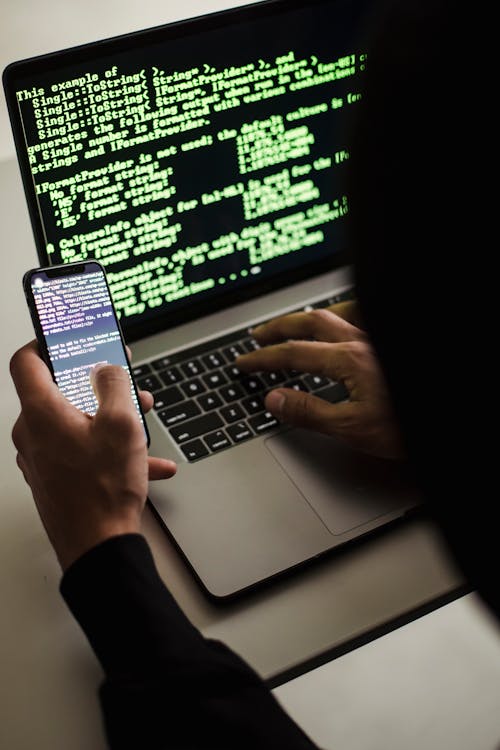Decimal to Octal Conversion
To convert decimal to octal, we have to learn about both the number systems first. A number with base 8 is the octal number and a number with base 10 is the decimal number. Here we will convert a decimal number to an equivalent octal number. It is the same as converting any decimal number to binary or decimal to hexadecimal.
In decimal to binary, we divide the number by 2, in decimal to hexadecimal we divide the number by 16. In case of decimal to octal, we divide the number by 8 and write the remainders in the reverse order to get the equivalent octal number.
Decimal Number: All the numbers to the base ten are called decimal numbers. These are the commonly used numbers, which are 0-9. It has both integer part and the decimal part. It is separated by a decimal point (.). Numbers on the left of the decimal are integers and numbers on the right of the decimal is the decimal part. Example: (236.89)10, (54.2)10, etc.
Octal number: These are the numbers with base 8. If x is a number then the octal number is denoted as x8. It contains digits from 0 to 7. Example: (212)8, (121)8, etc.
Decimal
A decimal number is a number expressed in the base 10 numeral system. Decimal numbers' digits have 10 symbols: 0, 1, 2, 3, 4, 5, 6, 7, 8, 9. Each digit of a decimal number counts a power of 10.
Decimal number example:
65310 = 6×102 + 5×101 + 3×100
Octal
An octal number is a number expressed in the base 8 numeral system. Octal numbers' digits have 8 symbols: 0, 1, 2, 3, 4, 5, 6, 7. Each digit of an octal number counts a power of 8.
Octal number example:
6278 = 6×82 + 2×81 + 7×80 = 158010
How to Convert from Decimal to Octal
Conversion steps:
- Divide the number by 8.
- Get the integer quotient for the next iteration.
- Get the remainder for the octal digit.
- Repeat the steps until the quotient is equal to 0.
Example
Understanding Decimal-to-Octal Conversion
Decimal-to-octal conversion involves converting decimal numbers (base 10) into their corresponding octal representations (base 8). Octal uses digits 0-7 to represent values from 0 to 7, respectively.
The general approach to converting decimal numbers to octal includes:
- Divide the decimal number by 8 and record the remainder.
- Repeat the division until the quotient is 0.
- Write the remainders in reverse order to get the octal representation.
Steps for Decimal-to-Octal Conversion
Step 1: Divide the decimal number by 8, noting the quotient and remainder.
Step 2: Repeat the division until the quotient is 0.
Step 3: Write the remainders in reverse order to obtain the octal number.
Example: Converting Decimal to Octal
Convert \( 254 \) to octal:
- Step 1: Divide \( 254 \) by \( 8 \): quotient \( 31 \), remainder \( 6 \).
- Step 2: Divide \( 31 \) by \( 8 \): quotient \( 3 \), remainder \( 7 \).
- Step 3: Divide \( 3 \) by \( 8 \): quotient \( 0 \), remainder \( 3 \).
- Write the remainders in reverse order: \( 376 \).
- Final octal result: \( 376 \).
Conversion Table for Quick Reference
Here is a quick reference for some decimal numbers and their octal equivalents:
- 0 → 0
- 1 → 1
- 2 → 2
- 5 → 5
- 8 → 10
- 15 → 17
- 16 → 20
- 64 → 100
- 255 → 377
Applications of Decimal-to-Octal Conversion
Decimal-to-octal conversion is commonly used in:
- Representing numbers in computing systems, especially in early computer systems for memory addresses and file permissions.
- Compact representation of binary data in programming and digital systems.
- Working with low-level computing tasks, such as in UNIX-based systems for file permissions.
Practice Problem
Convert \( 103 \) to octal:
- Solution:
- Step 1: Divide \( 103 \) by \( 8 \): quotient \( 12 \), remainder \( 7 \).
- Step 2: Divide \( 12 \) by \( 8 \): quotient \( 1 \), remainder \( 4 \).
- Step 3: Divide \( 1 \) by \( 8 \): quotient \( 0 \), remainder \( 1 \).
- Write the remainders in reverse order: \( 147 \).
- Final octal result: \( 147 \).
| Problem Type | Description | Steps to Solve | Example |
|---|---|---|---|
| Basic Conversion | Converting a decimal number to its octal equivalent. |
|
For \( 72 \):
|
| Handling Larger Numbers | Converting larger decimal numbers to octal. |
|
For \( 255 \):
|
| Verifying Conversion | Checking the accuracy of decimal-to-octal conversion. |
|
For \( 110 \) (octal for \( 72 \)):
|
| Handling Special Cases | Converting special decimal numbers to octal (e.g., powers of 8). |
|
For \( 64 \):
|
| Applications | Understanding where decimal-to-octal conversion is used. |
|
Example: Converting decimal numbers to octal for use in file permissions in UNIX systems. |










